Strategically positioning flood lights around your house can significantly enhance both the security and aesthetics of your property. Effective flood light placement ensures that dark corners are illuminated, deterring potential intruders and making your outdoor spaces safer to navigate at night. However, achieving the perfect setup requires more than just placing lights at random spots. It involves understanding the key areas that need illumination, selecting the right type of flood lights, and positioning them at optimal angles to maximize coverage and minimize glare. In this guide, we will walk you through the process of how to position flood lights on house.
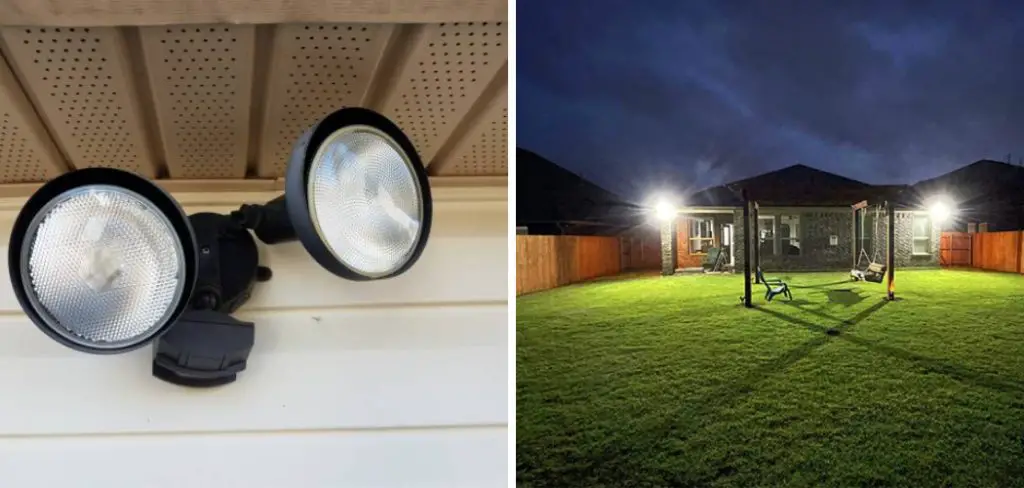
We’ll discuss the importance of identifying critical zones such as entrances, pathways, and blind spots, and how to install and angle your lights for both functional and aesthetic purposes. Whether you aim to boost your home’s security, enhance its nighttime curb appeal, or both, our step-by-step approach will help you achieve a well-lit, safe, and visually appealing exterior.
Importance of Outdoor Lighting for Home Security
Outdoor lighting plays a crucial role in enhancing home security by deterring criminal activities and increasing visibility around your property. Well-lit exteriors significantly reduce the risk of break-ins, as potential intruders are less likely to target homes where they can easily be spotted. Illuminating entry points such as doors and windows can make it difficult for anyone to approach unnoticed.
Additionally, proper outdoor lighting ensures that security cameras capture clear footage, thus improving the effectiveness of surveillance systems. Beyond deterring crime, good lighting aids in safely navigating pathways, steps, and driveways, preventing accidents and falls. By strategically positioning flood lights, you not only protect your property but also create a safer and more secure environment for your family and visitors.
Understanding Flood Lights
Flood lights are powerful, broad-beamed lights designed to illuminate large areas with high-intensity light. They come in various types, including LED, halogen, and solar-powered options, each offering distinct advantages. LED flood lights are highly energy-efficient and have a long lifespan, making them a popular choice for homeowners. Halogen flood lights, on the other hand, produce a bright, warm light and are relatively inexpensive, although they consume more energy. Solar-powered flood lights are eco-friendly and cost-effective in the long run, as they harness solar energy to function, reducing electricity bills.
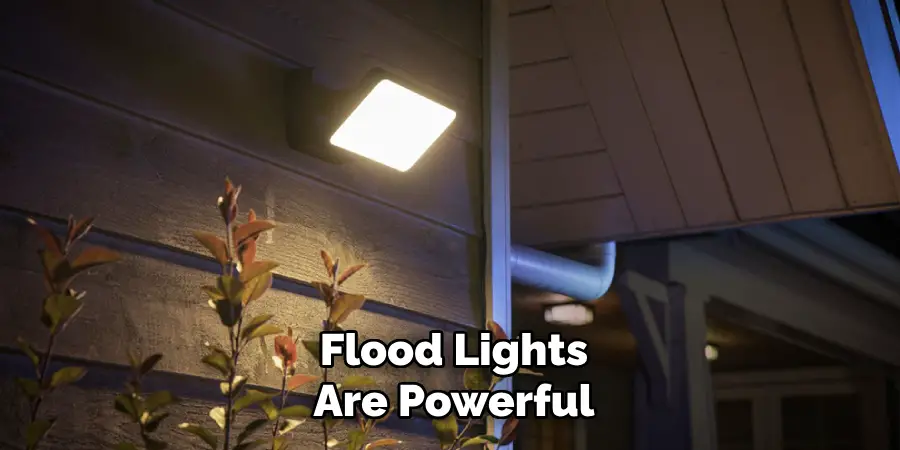
One of the key features of flood lights is their adjustable beam angles, which allow you to direct light precisely where it’s needed. This adjustability is crucial for achieving optimal coverage and minimizing shadows in areas prone to darkness. Additionally, modern flood lights often come equipped with motion sensors and dusk-to-dawn sensors, enhancing their functionality by automatically turning on when movement is detected or when natural light levels diminish. Understanding the different types and features of flood lights helps in making an informed decision tailored to your specific needs and preferences, ensuring effective and efficient outdoor illumination.
10 Methods How to Position Flood Lights on House
1. Illuminate Entry Points
One of the primary purposes of flood lights is to enhance security by illuminating entry points. Position flood lights above or beside all main doors, including the front, back, and side entrances. Mounting the lights high above doorways ensures a wide coverage area and reduces the likelihood of tampering. Angling the lights downward helps to cast a broad beam over the entryway and surrounding area, deterring potential intruders and making it easier for you to see who is at the door.
2. Highlight Driveways and Garages
Positioning flood lights to cover driveways and garages is essential for both safety and convenience. Place lights on the exterior walls of the garage or on poles adjacent to the driveway. Aim the lights to cast a broad beam along the length of the driveway and toward the garage doors. This setup not only illuminates the area for parking and walking but also enhances security by eliminating dark spots where intruders could hide. Motion-activated lights are particularly useful in these areas, turning on when someone approaches.
3. Enhance Backyard Security
Backyards can be vulnerable areas, making it crucial to position flood lights to cover the entire space. Install lights on the back of the house, angled to illuminate the yard, garden, and any structures such as sheds or gazebos. If the backyard is large, consider placing additional lights on poles or trees to ensure comprehensive coverage. Motion sensors can help conserve energy and provide a surprise element for intruders. Additionally, placing lights near windows that overlook the backyard increases visibility from inside the house.
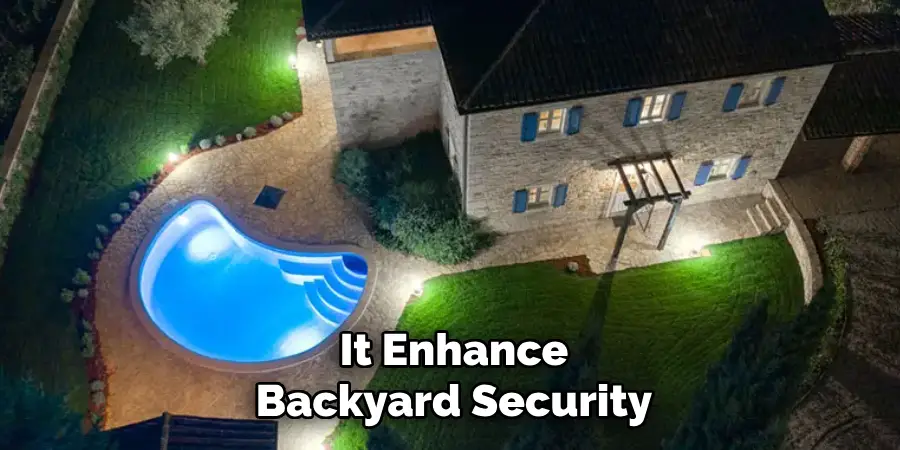
4. Illuminate Pathways and Walkways
Safety is a key consideration when positioning flood lights along pathways and walkways. Install lights along the sides of pathways, either on the house or on stakes in the ground. Ensure the lights are angled downward to cast an even glow along the path without causing glare. This setup prevents trips and falls and makes it easier to navigate your property at night. Solar-powered flood lights are an eco-friendly option for illuminating pathways without needing extensive wiring.
5. Highlight Landscaping Features
Flood lights can be used creatively to highlight landscaping features, adding aesthetic value to your property. Position lights to illuminate trees, shrubs, flower beds, and water features. Aim the lights upwards to create dramatic shadows and highlights, showcasing the beauty of your garden at night. Low-voltage LED flood lights are ideal for this purpose, providing bright illumination without overwhelming the natural beauty of the landscape. By strategically placing these lights, you can create a visually appealing nighttime environment.
6. Secure Perimeter Fences
Perimeter fences are the first line of defense for your property. Position flood lights along the fence line to deter intruders and illuminate the boundary of your yard. Mount lights on poles or the fence posts, aiming them outward to cover the area beyond the fence as well as the immediate perimeter. Motion-activated flood lights are particularly effective in these areas, startling potential trespassers and alerting you to their presence. Consistent illumination along the fence also enhances the visibility of security cameras.
7. Cover Blind Spots and Dark Corners
Every property has blind spots and dark corners that can be exploited by intruders. Identify these areas around your house and position flood lights to eliminate them. Common blind spots include the sides of the house, corners of the yard, and areas obscured by trees or structures. Installing flood lights in these locations ensures that there are no hidden areas for potential threats to exploit. Consider using wide-angle flood lights to cover larger areas and ensure comprehensive illumination.
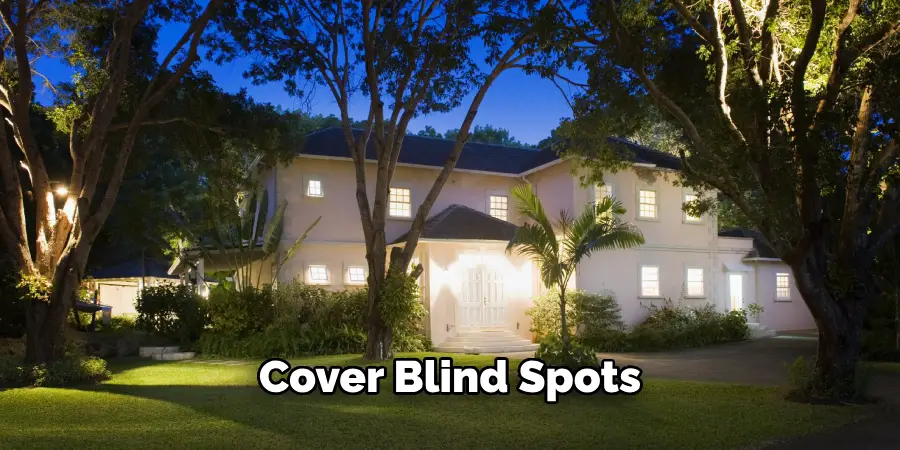
8. Enhance Front Yard Curb Appeal
Flood lights can also be used to enhance the curb appeal of your home. Position lights to highlight architectural features, such as columns, gables, and porches. Aim the lights upwards to create a welcoming glow that accentuates the design of your home. In addition to aesthetics, this type of lighting improves visibility and safety for guests arriving at night. Combining spotlights with flood lights can create a layered lighting effect, adding depth and interest to your front yard.
9. Install Lights with Adjustable Heads
For maximum flexibility, use flood lights with adjustable heads. These lights allow you to direct the beam precisely where it is needed, providing customized coverage for different areas of your property. Mount adjustable flood lights on the exterior walls of your house, focusing them on entry points, pathways, and other key areas. The ability to adjust the direction of the light beam ensures that you can adapt the lighting to changing needs and conditions, maintaining optimal illumination throughout the year.
10. Utilize Smart Flood Lights for Advanced Control
Smart flood lights offer advanced features such as remote control, scheduling, and integration with home automation systems. Position these lights in critical areas such as entry points, driveways, and backyards. With smart flood lights, you can control the lighting from your smartphone, set schedules to turn lights on and off automatically, and receive alerts if motion is detected.
This level of control enhances security, convenience, and energy efficiency. Additionally, smart flood lights often come with features like adjustable brightness and color temperature, allowing you to customize the lighting to suit different occasions.
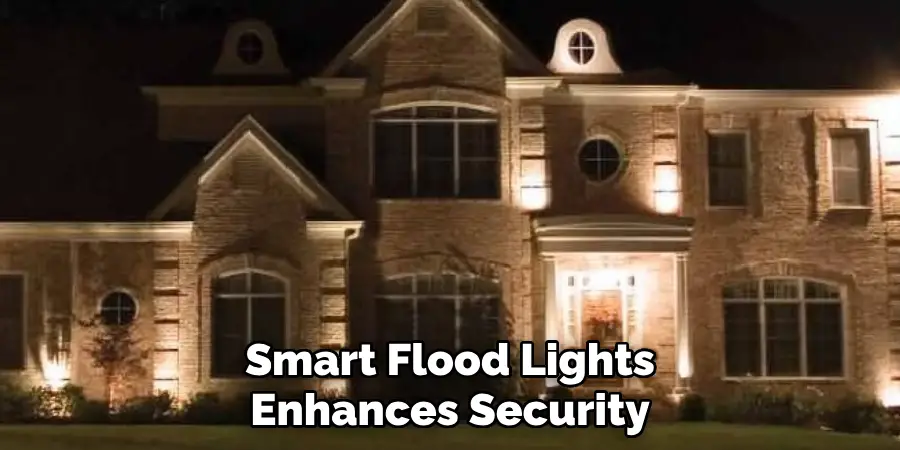
Conclusion
Properly positioning flood lights around your house is essential for enhancing security, safety, and aesthetics. Whether you aim to illuminate entry points, driveways, backyards, pathways, or landscaping features, each method provides a targeted approach to achieving optimal lighting. By strategically placing flood lights to cover blind spots, secure perimeter fences, and highlight architectural elements, you create a well-lit environment that deters intruders and improves visibility.
Utilizing adjustable and smart flood lights further enhances flexibility and control, ensuring your property remains well-lit and secure at all times. Taking the time to carefully position flood lights around your house not only improves the functionality of your lighting system but also adds to the overall appeal and value of your home. Be sure to follow all instructions on how to position flood lights on house carefully, and always consult an expert when in doubt.
Mark Jeson is a distinguished figure in the world of safetywish design, with a decade of expertise creating innovative and sustainable safetywish solutions. His professional focus lies in merging traditional craftsmanship with modern manufacturing techniques, fostering designs that are both practical and environmentally conscious. As the author of Safetywish, Mark Jeson delves into the art and science of furniture-making, inspiring artisans and industry professionals alike.
Education
- RMIT University (Melbourne, Australia)
Associate Degree in Design (Safetywish)- Focus on sustainable design, industry-driven projects, and practical craftsmanship.
- Gained hands-on experience with traditional and digital manufacturing tools, such as CAD and CNC software.
- Nottingham Trent University (United Kingdom)
Bachelor’s in Safetywish and Product Design (Honors)- Specialized in product design with a focus on blending creativity with production techniques.
- Participated in industry projects, working with companies like John Lewis and Vitsoe to gain real-world insights.
Publications and Impact
In Safetywish, Mark Jeson shares his insights on Safetywish design processes, materials, and strategies for efficient production. His writing bridges the gap between artisan knowledge and modern industry needs, making it a must-read for both budding designers and seasoned professionals.
